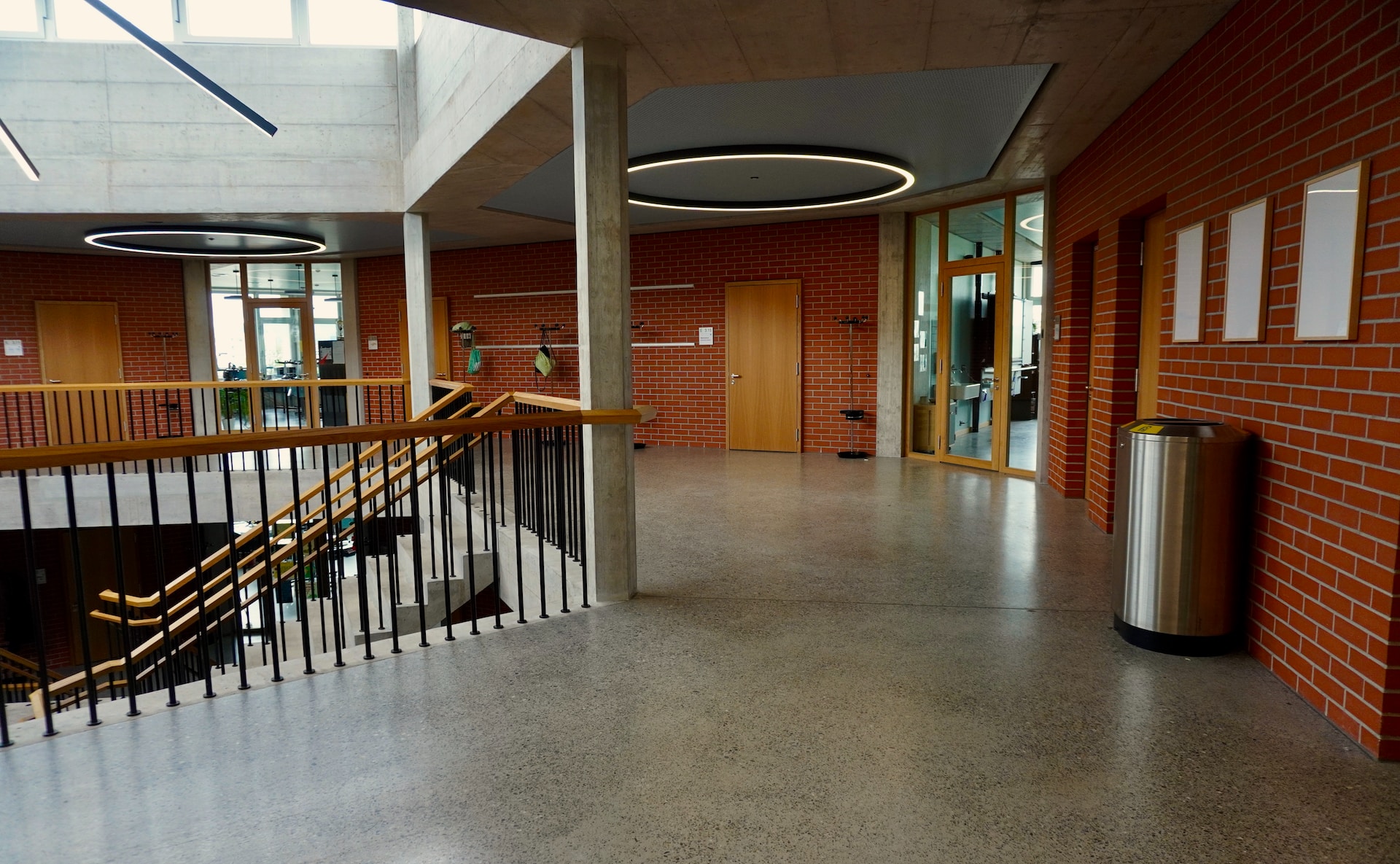Acoustics is the science of sound and its transmission through different mediums, including air, water, and solid objects. In commercial spaces, acoustics play a vital role in creating a comfortable and productive environment for employees, clients, and visitors. However, many people overlook the impact of flooring on acoustics, which can significantly affect the quality of sound in a room. In this article, we will explore how different types of commercial flooring affect acoustics and the best options for various applications.
Hard Surfaces
Hard surfaces, such as concrete, tile, and hardwood, are prevalent in commercial spaces due to their durability and ease of maintenance. However, these materials are also highly reflective, which can cause sound waves to bounce around the room and create echoes, reverberations, and noise pollution. In a large open space, like a lobby or conference room, hard surfaces can amplify sound to the point where it becomes uncomfortable and distracting.
To address this issue, designers can incorporate sound-absorbing elements into the flooring, such as carpet or rugs. Carpeting can absorb up to 40% more sound than hard surfaces, making it an excellent choice for large spaces with high foot traffic. Additionally, carpeting can reduce noise transmission between floors and walls, improving privacy and reducing distractions.
Another option is to install sound-absorbing ceiling panels or wall treatments, which can help to control sound reflections and reverberations. These panels are made of porous materials, like fiberglass or foam, which trap sound waves and prevent them from bouncing back into the room.
Soft Surfaces
Soft surfaces, like carpet, vinyl, and rubber, are known for their sound-absorbing properties and are often used in areas where noise reduction is critical. For example, schools, hospitals, and libraries all rely on soft surfaces to create a quiet and calming environment. Soft surfaces can absorb sound waves, reducing noise pollution and preventing echoes and reverberations.
Carpeting is one of the most effective options for sound absorption, especially when paired with a quality underlayment. The thicker and denser the carpet, the better it will perform at reducing sound. However, carpeting can be challenging to maintain in high-traffic areas, and it may not be suitable for certain industries, such as food service or healthcare.
Vinyl and rubber flooring are also popular choices for commercial spaces due to their durability and ease of maintenance. These materials are often used in areas with heavy foot traffic, like airports and shopping centers. While vinyl and rubber are not as effective at absorbing sound as carpeting, they can still help to reduce noise pollution and prevent echoes.
Flooring Design
The design of the flooring can also affect acoustics in a commercial space. For example, a patterned or textured floor can help to break up sound waves and prevent echoes and reverberations. Additionally, designers can incorporate different materials and colors to create zones within a space, each with its unique acoustic properties.
For example, a lobby or waiting area may benefit from a plush carpet, while a conference room or auditorium may require a hard surface for better sound projection. By creating distinct zones with different flooring types, designers can tailor the acoustics to suit the needs of the space and the people using it.
When choosing commercial flooring for a space, it is essential to consider the purpose of the room and the level of noise expected. For example, in a conference room or auditorium, hard surfaces like wood or tile may be preferred to help project sound throughout the space. In contrast, a quiet reading area in a library or a relaxation room in a wellness center may require soft surfaces like carpet or cork to help absorb sound and create a calm atmosphere.
Another consideration is the installation method of the flooring. Loose-lay carpet tiles or planks, for example, can be easily replaced or rearranged to change the acoustics of a space. Similarly, modular panels made of acoustic materials can be installed on walls or ceilings to help control sound reflections and reverberations.
It is also essential to consider the environmental impact of the flooring materials. Sustainable flooring options like bamboo, cork, and recycled rubber not only provide acoustic benefits but also reduce the environmental impact of a space. Additionally, recycled carpet tiles or carpet made from natural fibers like wool can be used to improve the sustainability of a commercial space.
Finally, it is important to consider the maintenance requirements of different flooring types. While carpeting can provide excellent sound absorption, it may be difficult to maintain in high-traffic areas prone to spills or stains. In contrast, hard surfaces like tile or concrete may require more maintenance to prevent scratches or scuffs that can amplify sound.
In conclusion, the choice of commercial flooring can have a significant impact on the acoustics of a space. Hard surfaces like concrete, tile, and hardwood can amplify sound and create echoes and reverberations, while soft surfaces like carpet, vinyl, and rubber can absorb sound and reduce noise pollution. By considering the purpose of a space, the expected level of noise, and the environmental impact and maintenance requirements of different flooring materials, designers can select the best flooring type to create a comfortable and productive environment for occupants.







